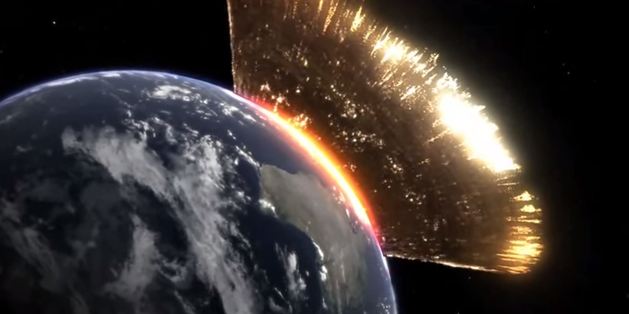top of page

Search
Can You Trust Your Ears?
We know our eyes can easily be lied to, but what about our ears? Can we be fooled into hearing something that isn’t there? Take a look at...
English Book Education
Apr 17, 20151 min read
Can You Trust Your Ears?
We know our eyes can easily be lied to, but what about our ears? Can we be fooled into hearing something that isn’t there? Take a look at...
English Book Education
Apr 17, 20151 min read
Can You Trust Your Ears?
We know our eyes can easily be lied to, but what about our ears? Can we be fooled into hearing something that isn’t there? Take a look at...
English Book Education
Apr 17, 20151 min read
Can You Trust Your Ears?
We know our eyes can easily be lied to, but what about our ears? Can we be fooled into hearing something that isn’t there? Take a look at...
English Book Education
Apr 17, 20151 min read


Newly Discovered Planet Has Four Parent Stars
photo credit: Artist interpretation of 30 Ari. Credit: Karen Teramura, UH IfA Earth only has one parent star, but other planets exist in...
English Book Education
Mar 27, 20152 min read


Newly Discovered Planet Has Four Parent Stars
photo credit: Artist interpretation of 30 Ari. Credit: Karen Teramura, UH IfA Earth only has one parent star, but other planets exist in...
English Book Education
Mar 27, 20152 min read


Newly Discovered Planet Has Four Parent Stars
photo credit: Artist interpretation of 30 Ari. Credit: Karen Teramura, UH IfA Earth only has one parent star, but other planets exist in...
English Book Education
Mar 27, 20152 min read


Newly Discovered Planet Has Four Parent Stars
photo credit: Artist interpretation of 30 Ari. Credit: Karen Teramura, UH IfA Earth only has one parent star, but other planets exist in...
English Book Education
Mar 27, 20152 min read


This Is What It Would Look Like If A Huge Asteroid Hit The Earth
Earth has a long list of hits—and not of the musical variety, but of the rocky, celestial sort. In fact, asteroids have slammed into our...
English Book Education
Mar 6, 20151 min read


This Is What It Would Look Like If A Huge Asteroid Hit The Earth
Earth has a long list of hits—and not of the musical variety, but of the rocky, celestial sort. In fact, asteroids have slammed into our...
English Book Education
Mar 6, 20151 min read


This Is What It Would Look Like If A Huge Asteroid Hit The Earth
Earth has a long list of hits—and not of the musical variety, but of the rocky, celestial sort. In fact, asteroids have slammed into our...
English Book Education
Mar 6, 20151 min read


This Is What It Would Look Like If A Huge Asteroid Hit The Earth
Earth has a long list of hits—and not of the musical variety, but of the rocky, celestial sort. In fact, asteroids have slammed into our...
English Book Education
Mar 6, 20151 min read


The Military Tests Amphibious Robot Guard Balls
Though it looks more like a stability ball that you’d see at the gym, Guardbot is actually a round, land/water robot with many potential...
English Book Education
Feb 20, 20151 min read


The Military Tests Amphibious Robot Guard Balls
Though it looks more like a stability ball that you’d see at the gym, Guardbot is actually a round, land/water robot with many potential...
English Book Education
Feb 20, 20151 min read


The Military Tests Amphibious Robot Guard Balls
Though it looks more like a stability ball that you’d see at the gym, Guardbot is actually a round, land/water robot with many potential...
English Book Education
Feb 20, 20151 min read


The Military Tests Amphibious Robot Guard Balls
Though it looks more like a stability ball that you’d see at the gym, Guardbot is actually a round, land/water robot with many potential...
English Book Education
Feb 20, 20151 min read
Incredible Time-Lapse Of The Northern Lights
There are many incredible and enthralling things that happen right above our heads, every day. Unfortunately, due to weather conditions...
English Book Education
Feb 13, 20151 min read
Incredible Time-Lapse Of The Northern Lights
There are many incredible and enthralling things that happen right above our heads, every day. Unfortunately, due to weather conditions...
English Book Education
Feb 13, 20151 min read
Incredible Time-Lapse Of The Northern Lights
There are many incredible and enthralling things that happen right above our heads, every day. Unfortunately, due to weather conditions...
English Book Education
Feb 13, 20151 min read
Incredible Time-Lapse Of The Northern Lights
There are many incredible and enthralling things that happen right above our heads, every day. Unfortunately, due to weather conditions...
English Book Education
Feb 13, 20151 min read
bottom of page